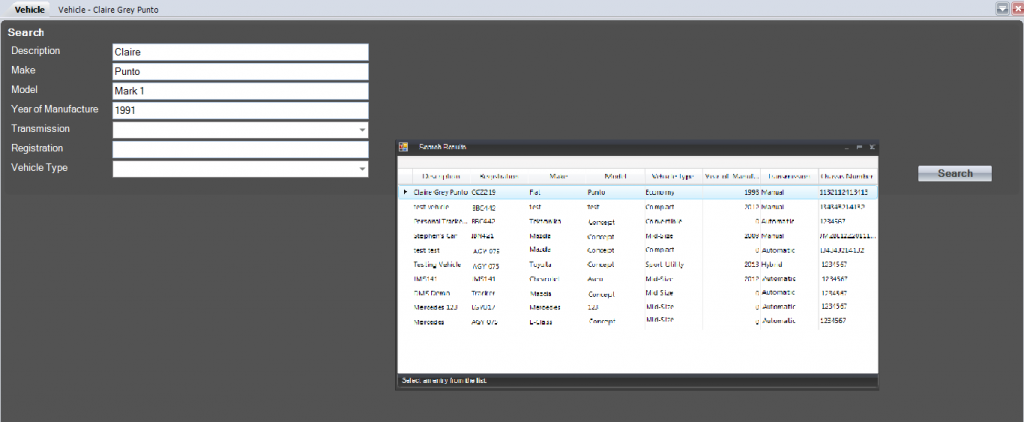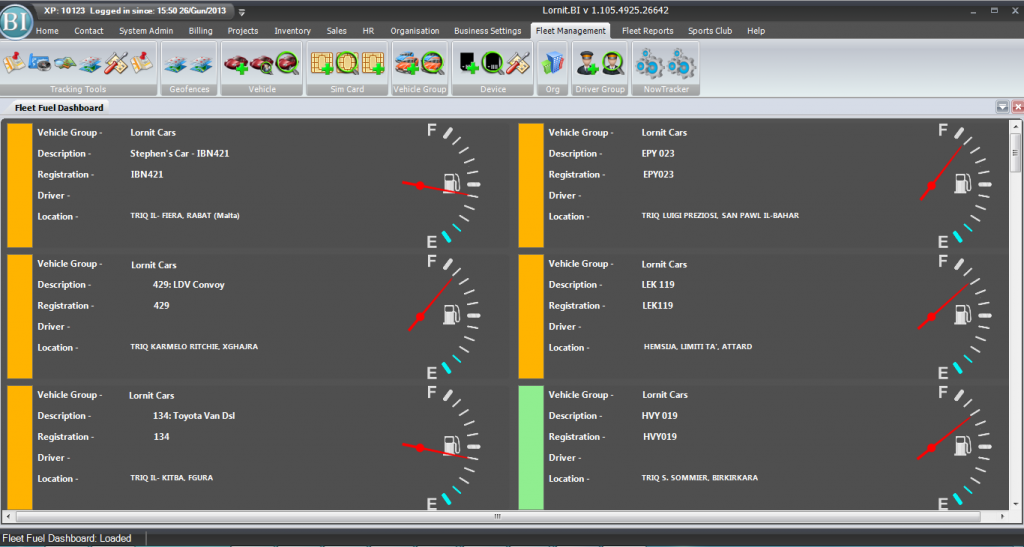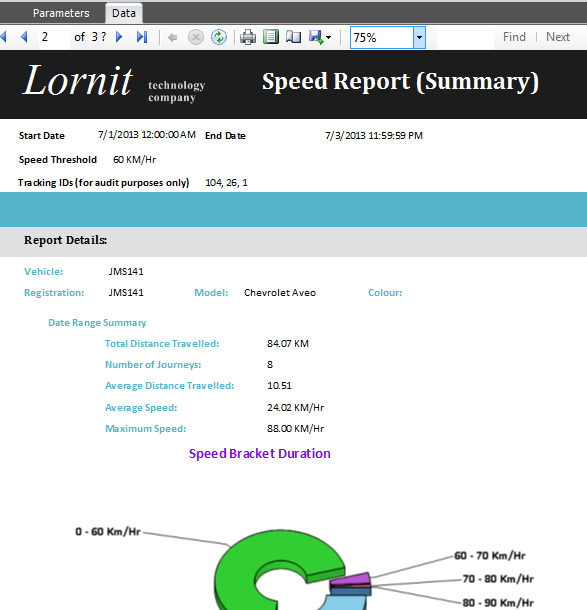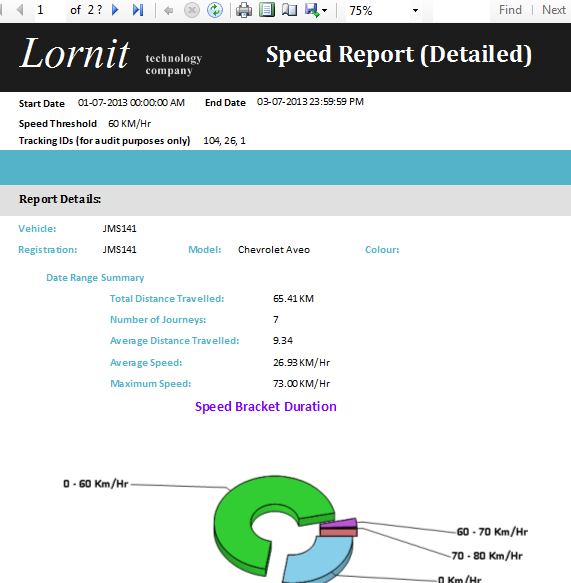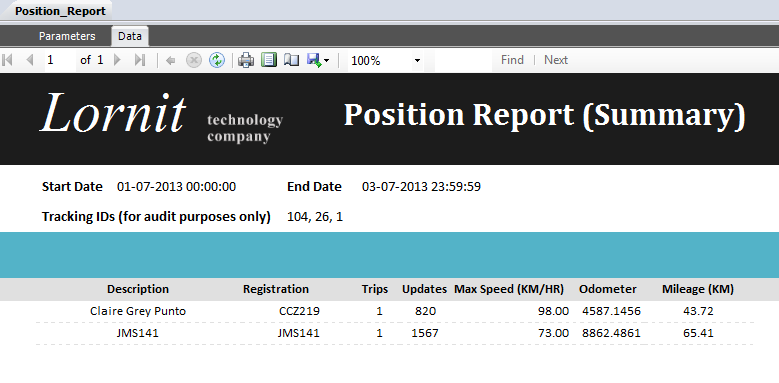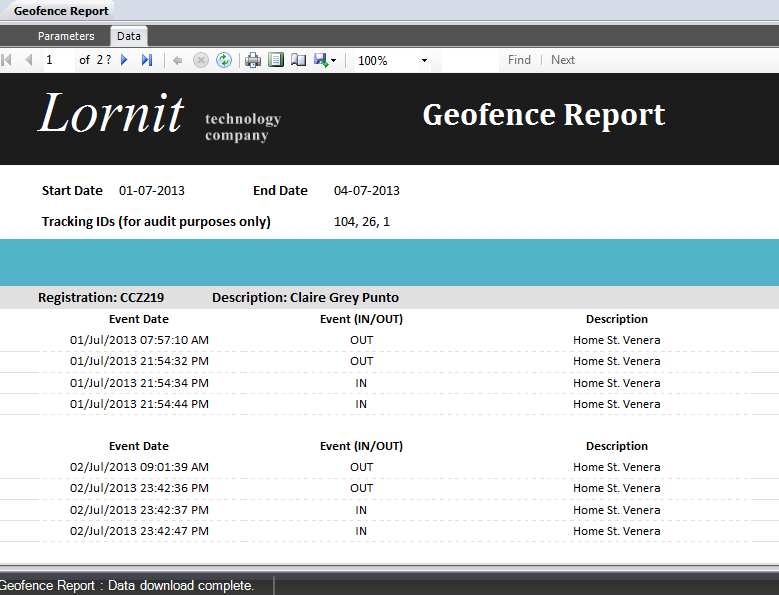Vehicle Tracking in Malta and Gozo
Introduction
In the past twelve years we have created a number of tracking systems for the local and international market. While we still support these systems, we feel that more could be done to transform the whole industry from simple tracking to comprehensive fleet management services. The Fleet Management System forms part of our comprehensive Business Intelligence platform. This document will highlight the key features to better manage your fleet.
Key Features throughout our BI Platform:
- Rapid Deployment – The system is in-stalled over the internet on any number of computers or laptops.
- Scalable – The system is scalable to meet the demands of any organisation. Logins can be added or removed as required.
- Tried and tested – The system is tried and tested and so ensures usability, effectiveness and efficiency.
- Customisability- The system is up-gradable and customisable to cater for all particular requirements and more.Better management, do more with less.
Key Features of our Fleet Management System:
- Protect your fleet, recover stolen vehicles and goods.
- Manage your employees effectively.
- Keep your customers happy.
- Easy to setup.
- Tracking from a smart phone.
- Worldwide coverage
- SMS notifications
- Range of devices
- Monitor multiple persons at once from one smart phone app.
Security and Access rights Policy
B.I. allows role management and access rights policies. Using this feature you will be able to allocate and set what each specific user is allowed to see and do. This is usually done by an administrator or a verified user. Each user who is going to use the system will then be allocated a username and password. Upon logging in, the menu is set according to the logged in user and according to what rights are set to that user. Therefore you can set users who can add vehicle information in your system, but restrict access to the live tracking functionality.
Updates and Technical Support
The Fleet Management System picks up our updates and upgrades dynamically to ensure you’re always up to date. Updates are done seamlessly and the user is not affected. To complement that, the Fleet Management System comes with remote support and maintenance. Lornit Ltd provides a team of professionals ready to help and fix any issues in a very short time. All these services will facilitate and help you implement our Fleet Management System with ease and in the shortest time possible.
Vehicle Information Management
The Fleet Management System provides and allows you to store information to help you manage better your fleet. Our system supports car details, drivers allocation, engine Information, insurance policies, accidents, fuel consumption, maintenance schedule, warranty, licenses and more.
Figure 1- Lornit.FMS: Vehicle Info
Data is entered using our user friendly screen. The system throughout supports Saving, Updating, Searching and Deletion of records functionalities. Any information stored in our cloud based system, is easily searchable and can be manipulated with ease. Searching for a record will save you time and costs over traditional data storing methods like files. Using filter queries, searching for information will be simpler and the relevant information is loaded according to the query information entered.
Figure 2 – Lornit.FMS: Vehicle Search
Vehicle Groups
A set of vehicles can be allocated to a vehicle group. This will allow better management of vehicles by type, engine size and capacity. Each vehicle group also supports the allocation of drivers to that particular vehicle group. This will help you manage your staff better by specifying to which vehicles each drivers are allocated to drive.
Driver Management
Our fleet management system provides driver information and allocation of drivers to vehicles. Each vehicle can be allocated to a driver or even to more than one driver. Our system also supports additional information on drivers such as basic information about that person, driving license category and information, address and contact information and storing of documents and photos. Any important documents can be scanned and uploaded using the Document Control tools provided within the fleet management system.
Figure 3 – Photo field within the Manage Users Facility
Real Time Tracking
Lornit FMS supports dashboard real time tracking of vehicles. Real-time fleet movements and vehicle telemetry is represented using this dashboard. Real time tracking will allow the user to see live positioning of the registered vehicle. Up to date maps and precise positioning algorithms are used to represent the exact positioning of the vehicle. Other information which is shown includes speed of the vehicle in Kph and the address of the exact location which includes also the street name.
Figure 4 – Real Time Tracking on Lornit.FMS
From this dashboard you will also be able to know the status of the vehicle. The system will automatically detect when the car is idle or parked.
Maps
The maps used are consistently updated with the latest information to make the Fleet Management System provide more accurate results. Map features includes also different zooming levels and easy to use graphical user interface to make it easier for the user to navigate when having multiple images on map.
History Tracking Tool
The History tracking feature provides easy management and viewing of journeys according to a particular date in the past. The system automatically records each journey and this tool allows you to see past journeys.
Figure 5 – Historical Tracking on Lornit.FMS
A summary on the left is shown representing the positioning of the vehicle at that particular time. The Fleet Management System also supports a play, pause and stop feature which allows the user to see a representation of the journey on the map. This tool can be used to replay and analyze a journey which was missed in the real time tracking feature.
Tracking Analysis
The tracking analysis tool provided with our Fleet Management System provides in detail information about each journeys. Using maps and speedometers, the speed of that particular journey chosen is represented in a more graphical way to the user. A graph shows the speed plotted against time of the past journey chosen. A report can also be printed representing the information shown in the dashboard and also a print out of the plotted journey on the map.
Figure 6 – Tracking Analysis Tool on Lornit.FMS
Reporting
The reporting tool within our Fleet Management System was developed to make it easier to transfer some data to paper and be printed. This tool also supports exports to excel, pdf and word. Lornit LTD offers customizable reports to each company needs as requested. Reports are automatically generated by the system and are ready to be exported or printed within minutes.
Geofence
Fleet Management System also supports Geofence functionality. A geo-fence is a virtual perimeter for a real-world geographic area. Using the dashboard our system provides, a designated area can be created on the map. Added commands can be set when a vehicle enters or exists this area. Adding Geofence is easy and quick by drawing a set of points on the map.
Figure 8 – Create/Edit Geofence functionality on Lornit.FMS
Notifications
When a vehicle enters or exists the set area, a notification is created. This notification can be in the form of and email or even an sms. This tool provides all the functionality and settings to manage notifications according to ones needs. Geofence can also be attached to a vehicle or multiple vehicles. Once these settings are done correctly. The system automatically generates the notification in form of an email or sms according to the set settings. These notification module is part of our Business Intelligence Platform and is implement throughout our systems.
Fuel Monitoring Tool
Fuel monitoring tool is part of this comprehensive Fleet Management System. With this feature mileage and fuel consumption can be seen and analysed. This tool also runs in real time and offers snapshot of the current fuel level in the car tank at that particular time. The system takes care to continuously update the fuel level when the car is not idle.
Figure 10 – Fuel Monitoring Tool on Lornit.FMS
Fleet Snapshot Tool
This other feature of the Fleet Management System provides a snapshot of the vehicle position at a given time. A date and time can be specified and the stored information at that time is loaded and represented on the map. This tool is possible due to our unlimited history journey records stored on our server.
Figure 11 – Fleet Snapshot Tool on Lornit.FMS
Reports
The Reporting tools provided with the system are quite comprehensive. This is a sample of reports provided with the system.
Fuel Reports
Fuel Consumption Report
The fuel consumption report gives an indication of the fuel consumed by the fleet. It gives an indication of the volume of fuel that was consumed by every vehicle, together with the distance travelled using that fuel, which then gives the fuel consumption ratio to the distance travelled over a period of time. This report is highly useful to compare vehicles and to highlight the vehicles with the high consumption usage compared to the rest of the fleet.
Fuel Tank Level Report

This report shows the changes in the fuel level of the vehicle’s tank over a period of time. This report is ideal to identify refueling patterns, consumption patterns and the siphoning of fuel from tank.
Other Reports
Other custom reports based on the exact requirements of the fuel management of the client are provided as well.
Driver Reports
Driver Trip Report
This report shows the driver journeys within the chosen date range. This report is useful to identify the individual journeys from the full set of updates captured by the system. It summarises all the position information into trip information that a business can utilize for the decision making processes.
Driver Behavior – High Level Report
This report gives a summary of the driver behavior from the date range that is selected. The behavior is indicated by the number of accelerations and decelerations over time, the speed at which the driver drives and the fuel consumption related to his driving style.
Figure 15 – Driver Behaviour High Level Report
Driver Behavior – Detailed Report
This report is similar to the above but gives more detailed information of the driver behavior by giving a breakdown of the actual journeys and the statistics related to each journey. This help explain the driver behavior in more detail and lets the fleet manager to analyse each driver and the journeys they are making on behalf of the company.
Figure 16 – Driver Behavior Detailed Report
Speed Reports
Speed Report (Summary)
Page 1: Shows summary of the vehicles speed together with the distance travelled at that speed.
Page 2: Shows the statistics on a vehicle by vehicle basis.
Speed Report (Detailed)
This report highlights the journey parts where speeding above a given value occurred.
Page 1: The first page shows the statistics of a single vehicle that relate to speed.
Page 2: From the second page onwards, the report highlights the actual “speeding” sections of the journeys, one after the other.
Vehicle Use
Vehicle Usage Report
This report presents the overall statistics of the vehicle to help the fleet manager identify how the particular vehicle is being utilized.
This report also presents the financial side of the statistics of the vehicle should certain values such as the vehicle buying price be entered into the system.
Vehicle not updating
This will show the vehicles that weren’t updating in the last 24hours. This report ensures a fleet manager detects and faulty devices on the vehicles or any other issues that are preventing the vehicle from reporting its position to the system.
Position Report (Summary)
Shows the number of position update received from the tracking device within the vehicle.
Position Report (Detailed)
This report returns every position update received including the location information in textual format.
Geographical Report
Geofence Reports
The tracking system support various geographical features to enable the fleet manager to keep track of the fleet through geographical parameterization.
This particular report enables the manager to report the entry and exit of the vehicles from regions that are drawn on the map.
Journeys
This report shows the journeys of each vehicle in detail.
Vehicle Trip Report
Lists the journeys/trips undertaken by each vehicle.


